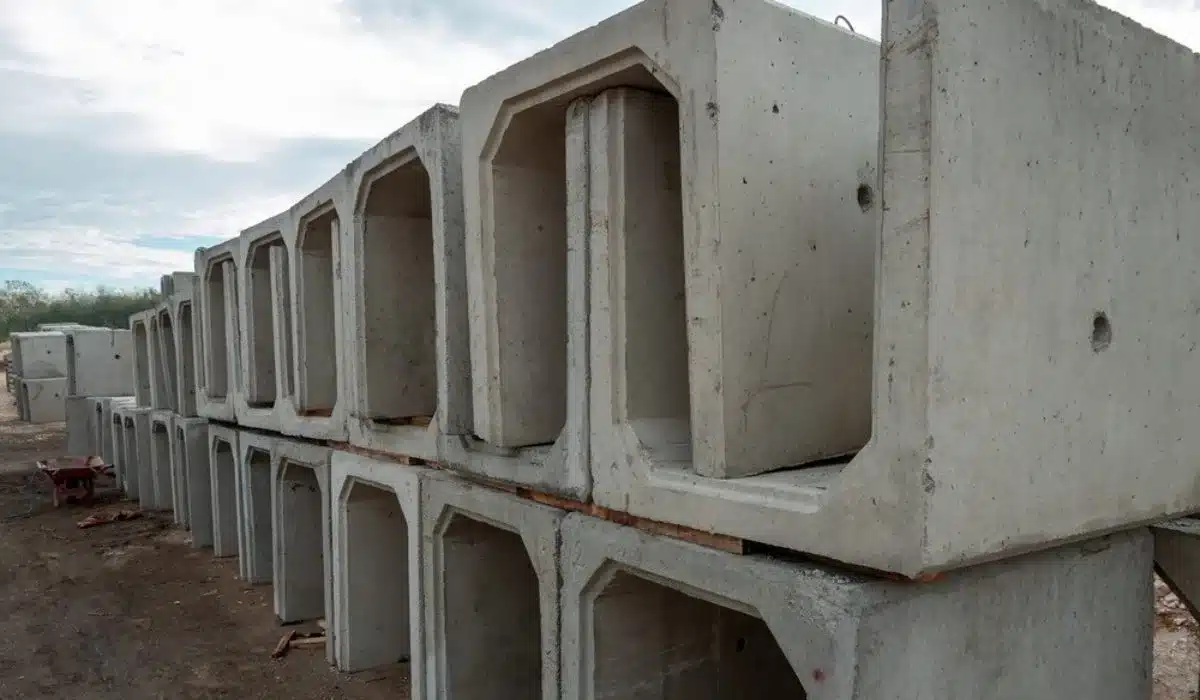The unassuming box culvert has emerged as a versatile and indispensable asset in modern engineering. Originally designed for efficient water flow management beneath roads and railways, box culverts have evolved to meet diverse engineering challenges, showcasing their adaptability and innovation potential with suppliers and solutions such as CivilMart.
This blog post explores the innovative applications of box culverts in contemporary engineering projects, from sustainable infrastructure to urban revitalization efforts.
The Evolution of Box Culverts
Traditionally, box culverts were primarily utilized for stormwater drainage, providing a robust solution for conveying water beneath transportation corridors.
Consisting of a rectangular or square concrete structure, these culverts offered strength, durability, and ease of installation. However, as engineering practices advanced and societal needs evolved, box culverts underwent a transformation, expanding their role beyond conventional drainage systems.
Innovative Uses in Infrastructure

By integrating permeable materials and biofiltration systems into culvert designs, these structures not only facilitate water conveyance but also promote groundwater recharge and pollutant removal, enhancing environmental sustainability.
Furthermore, box culverts have found new significance in transportation infrastructure, particularly in urban environments. In congested cities where space is limited, engineers have employed box culverts to create underground passages for pedestrians, cyclists, and even vehicles.
These subterranean pathways not only alleviate traffic congestion but also enhance safety and accessibility, enriching the urban landscape with interconnected networks of walkways and cycle paths.
Revolutionizing Urban Development

By integrating green roofs, public art installations, and urban gardens atop box culverts, cities can reclaim underutilized space, foster social interaction, and promote cultural expression.
Moreover, box culverts play a pivotal role in the preservation and restoration of natural habitats within urban environments.
By incorporating wildlife corridors and habitat enhancements into culvert designs, engineers can mitigate the fragmentation of ecosystems caused by infrastructure development, facilitating the movement of fauna and promoting biodiversity conservation.
Conclusion
Innovation knows no bounds when it comes to the versatile applications of box culverts in modern engineering. From sustainable infrastructure solutions to urban revitalization initiatives, these humble structures continue to shape the built environment and improve the quality of life for communities around the world.
As technology advances and societal needs evolve, the potential for further innovation in box culvert design and utilization remains limitless, promising a future where these unassuming conduits continue to play a vital role in shaping the cities of tomorrow.

